Note from the FreeFlowing team: This week we return with another guest article. This one was penned by Manu Prasad, who is no stranger to WinnerBrands. The CMO of Scripbox, Manu has interacted with us several times before, for instance, this podcast where he sat down with Gurudev to talk about how challenger brands are rewriting the brand-building playbook.
Manu is a full-stack marketer with over two decades of experience in traditional and startup environments in domains ranging from fashion to fintech. He has also been an avid blogger at manuscrypts.com since 2003.
In this article, he presents his take on the recent phenomenon of South movies trumping Bollywood at the box office. True to character, this lifelong brand marketer has used a brand-building lens to look at the issue.
Over to Manu…
Missing the wood for the trees
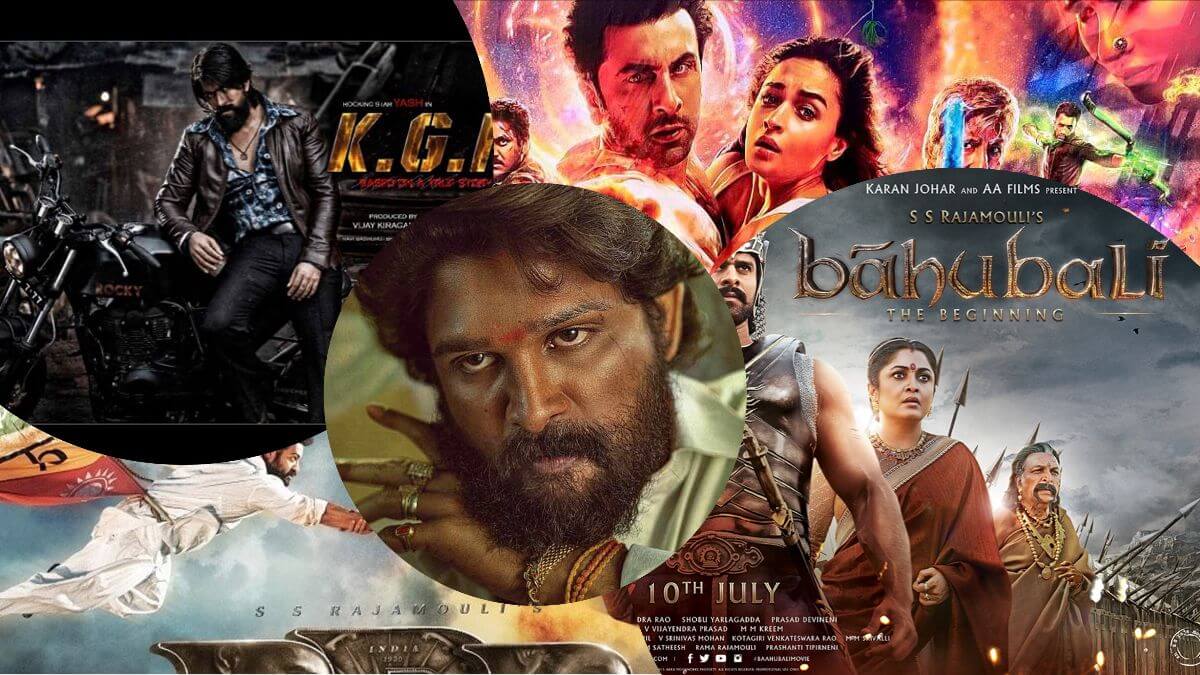
The world is fighting many existential crises – climate change, rising inequality, real and virtual viruses. That’s why it’s imperative that we discuss the one thing that offers us escape from all this.
No, not the metaverse, but Bollywood. And its own existential crisis. I tried unsuccessfully to fob it off as Bollywood getting on the quiet quitting bandwagon but got unamused looks.
So here goes – a simplistic take on it.
As a brand practitioner, one of my favourite framings is one made by Jeremy Liew – When a consumer market is new, distribution wins. As consumers become educated, the product wins. When products reach parity, the brand wins.
Let us try applying it in this context.
Distribution: The pull before Pushpa
Long before Baahubali, which is considered the beginning of the current wave of pan-Indian movies, South movies had a market up North.
I’m sure you remember the deluge of these movies on SET Max and Zee Cinema in the 2000s. Dubbed versions of Tamil and Telugu movies had been hits in Bihar since 2011, but the scale in the theatre context was never big enough to be a threat.

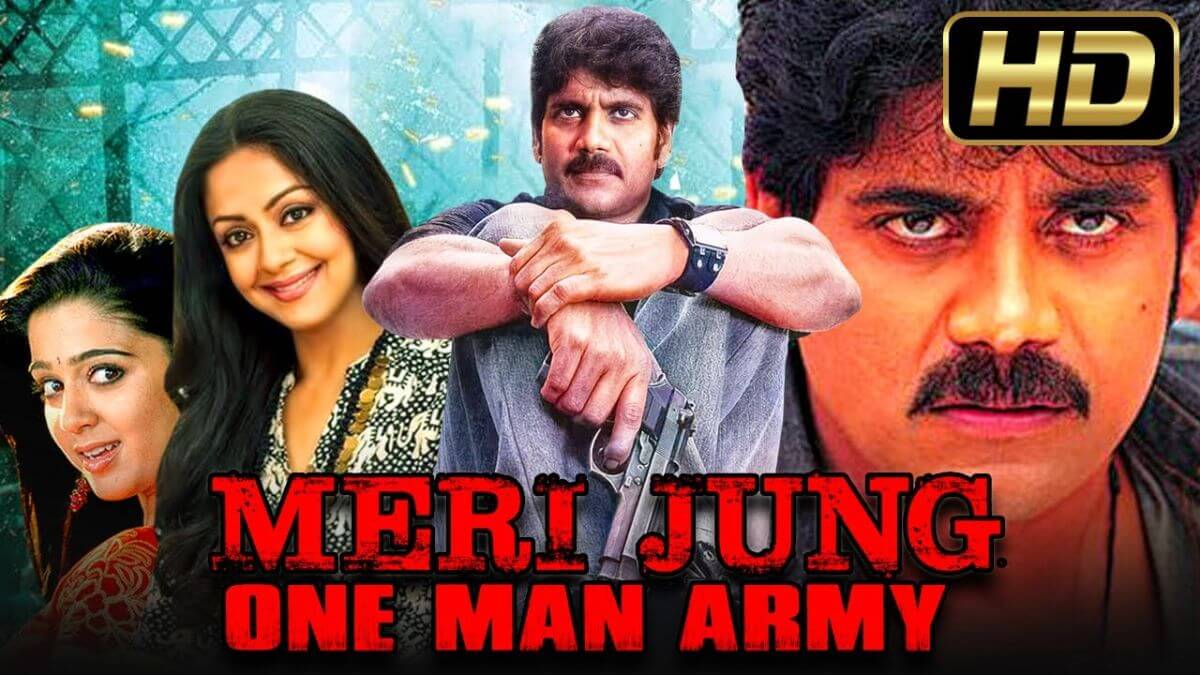
But then the great leveller entered the game – the internet, which eliminates incumbent middlemen and builds its own. Accelerated by the pandemic, OTT became the new destination. Even after theatres opened, many movies were directly released on OTT. Even if they did release first in theatres, they would be on OTT in 45 days.
On OTT, distribution became a level playing field. More importantly, the viewer would pay for charcoal-infused water + caramel popcorn + ticket + inflation only for paisa wasool fare. With star vehicles breaking down, distributors were willing to take any product that fit that description.
And that definitely wasn’t Laal Singh Chaddha or Raksha Bandhan, which took each other out in a limited addressable market!
Product: The sham in Shamshera
Meanwhile, OTT didn’t just give access, it provided diversity of content and piqued every kind of taste graph. Bollywood had begun taking its eye off the mass-market ball and shifting to the sensibilities of the multiplex audience. But with OTT, that crowd could choose anything on a scale of Sima Aunty to Fahadh.
Even for the mass audience, the originals, say, Drishyam in Malayalam, Arjun Reddy in Telugu, were now available without the services of Ajay Devgn and Shahid Kapoor respectively.
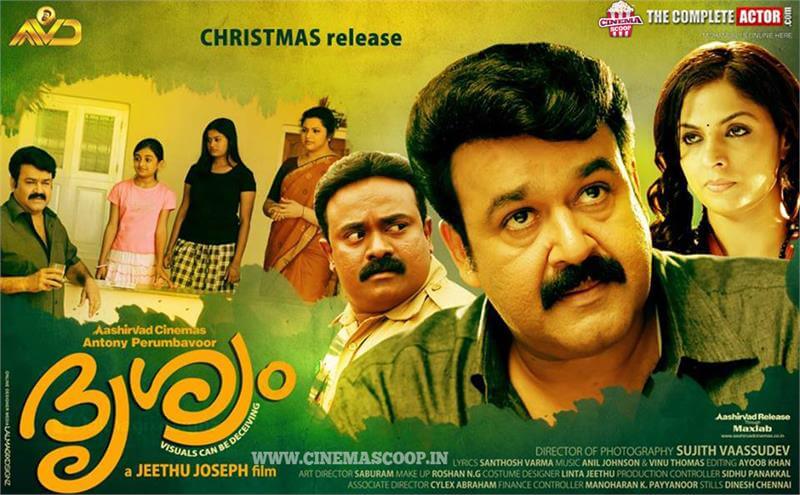
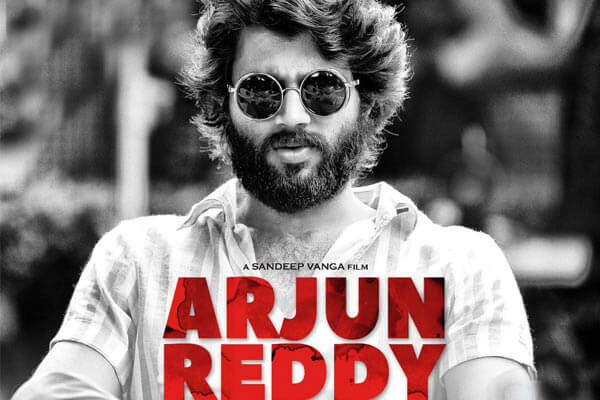
With Baahubali, South Indian moviemakers and stars realised they also had the product for the mass theatre audience – what startups would call product-market fit. A mix of:
- Fresh settings, contexts, actors and styles
- A reasonably linear hero’s journey with an underdog fighting an incumbent power (Pushpa, KGF, RRR, and Gangubai, the exception to the Bollywood low)
- Toppings – the flavours of the season – majoritarian populism (Kashmir Files) with a side of mythology (RRR) or anti-nepotism (Yash’s “merit” dialogue in KGF2), working on identity and upward mobility respectively
- Enough testosterone to make Salman blush, for guarantee
Shamshera, despite having some of these ingredients, portrayed upper-caste Hindus as villains, in a movie which had the British! This shows how bad their knowledge of the mass audience was.
While Bollywood got busy with Paan India ads, the rest honed the pan-India product and went D2C not just on OTT but in theatres too.
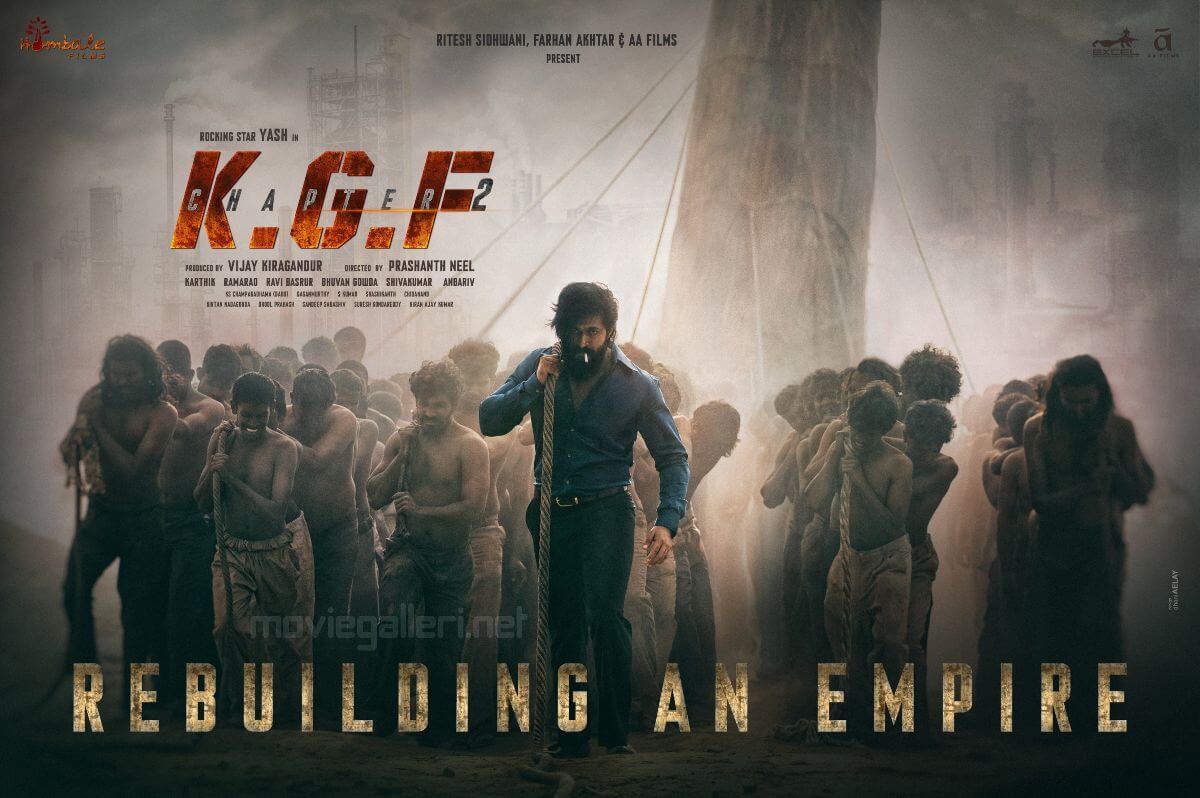
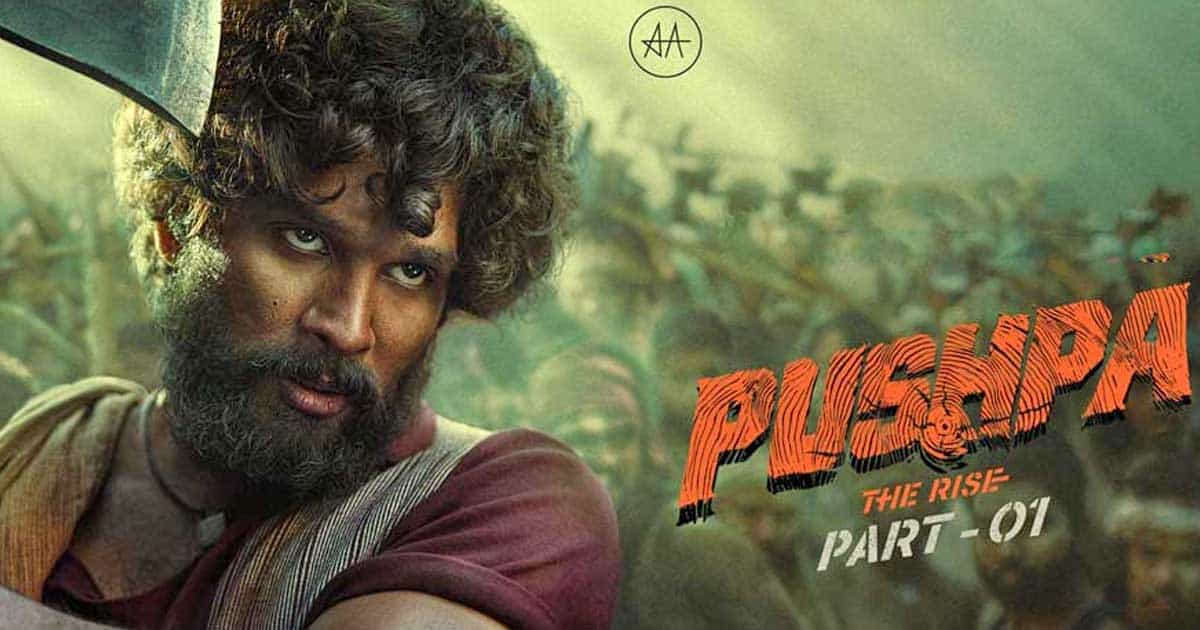
Brand: RRR: Royalty Requires Repositioning
Facing D2C and a superior product, only Bollywood’s brand power could save it from the pan-India assault. Between Sushant Singh Rajput and Aryan Khan, Bollywood’s image was already being battered by nepotism. At least some of Bhool Bhulaiyaa 2’s success was thanks to Kartik Aryan’s real-life narrative of being a nepotism victim after being dropped from Dostana 2. But yes, even that narrative isn’t enough to help a bad product – Kangana’s Dhakkad is an example.
Given that brand value is now built equally by the off-screen personas, the low visibility and the relatively subdued lifestyle of South Indian heroes worked in their favour, especially when compared to the ostentatious lifestyles of KJo/Khans/Kapoors. Call it insurance against #BoycottBollywood. They also got their marketing right. KGF’s usage of “KGF Times’ ‘ and Rocky Trivia was just great content marketing.
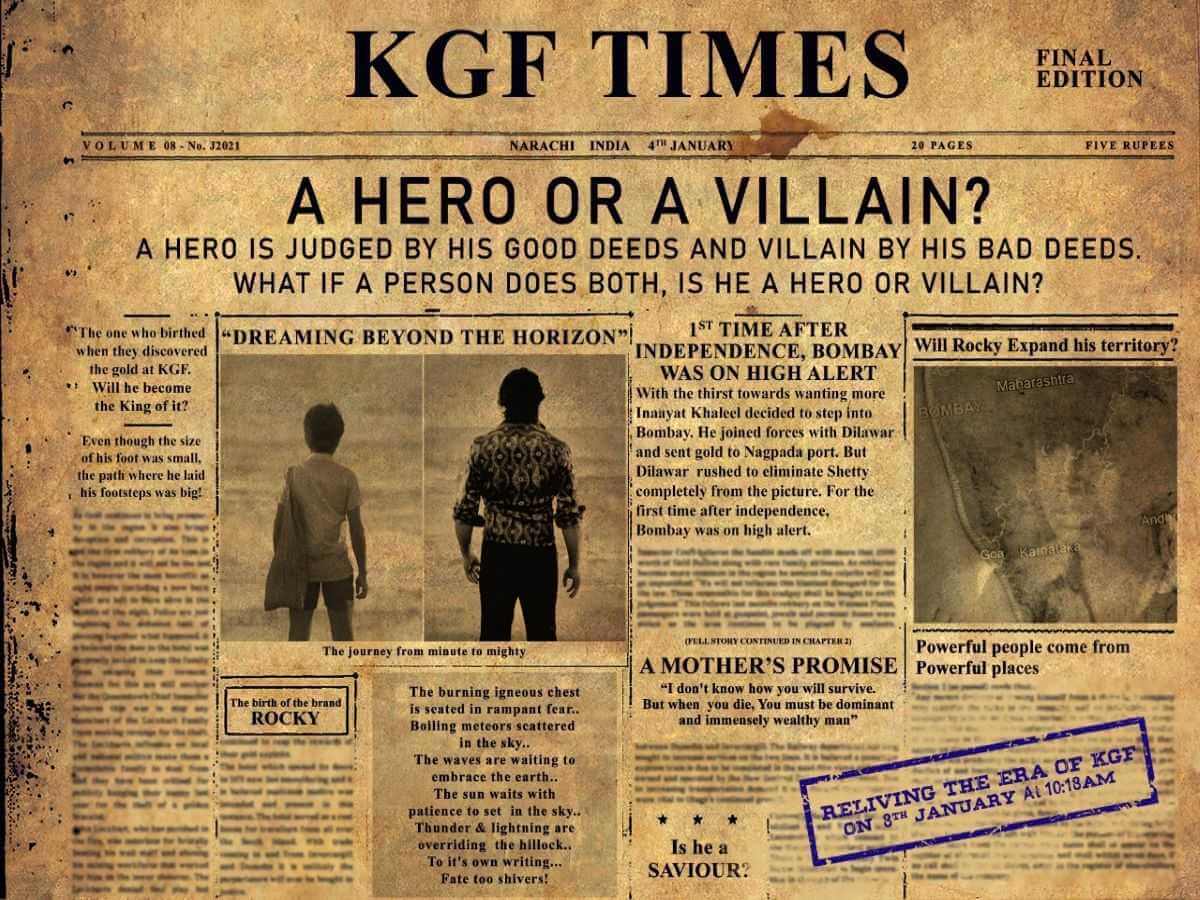
Also, playing to the first point, the humility of South Indian stars during interviews was pitch perfect. That partly explains Liger failing despite AnaKonda – Ananya + Deverakonda, as the quip goes- thanks to the latter’s braggadocio and a crappy product.
Finally, the pan-India crowd played the brand card smartly after Prabhas’ double failures following Baahubali 2. RRR featuring Alia Bhatt and Ajay Devgn, and KGF2 with Sanjay Dutt and Raveena Tandon meant that brand investments were diversified.
Brahmastra, though it remains a Schrodinger’s hit thanks to flop arguments, shows that Bollywood is beginning to learn all three lessons. Also, for every pan-India hit, there are a couple of flops.
Thus the truth continues to be that there is no static formula, and every Friday could end in love or thunder.
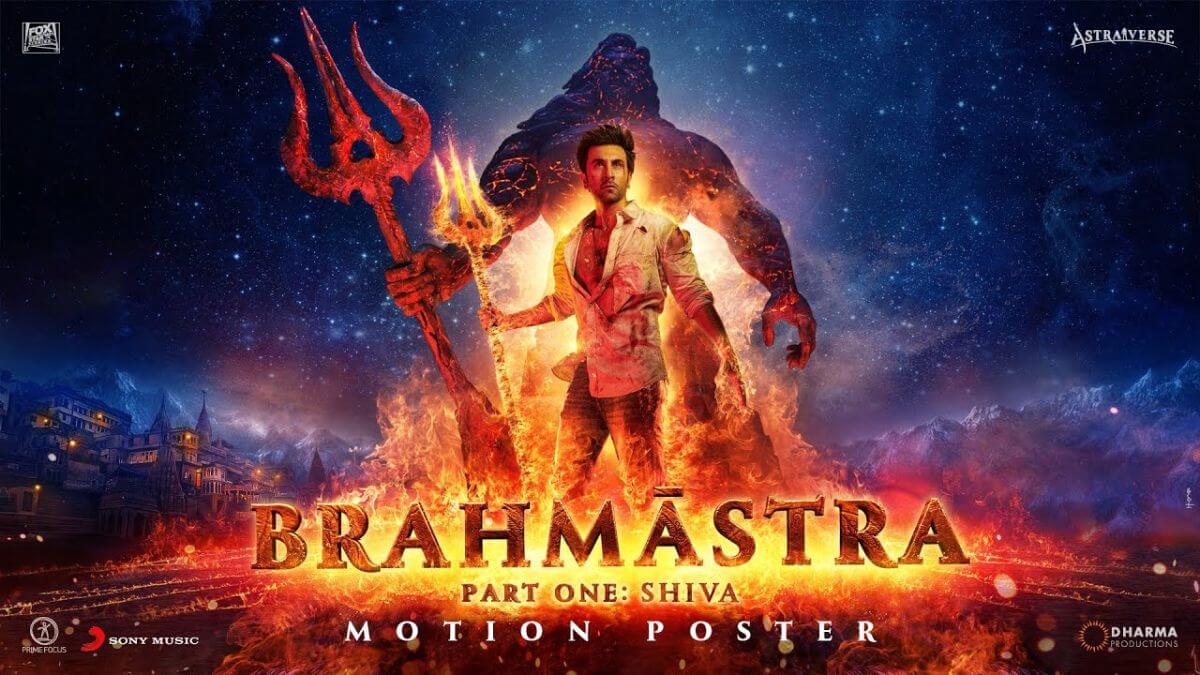

2 Responses
Brilliant ideas put on (H)oll(ow) Bollywood☺
Thanks, Sirisha! We are quite stoked about the framework Manu used!